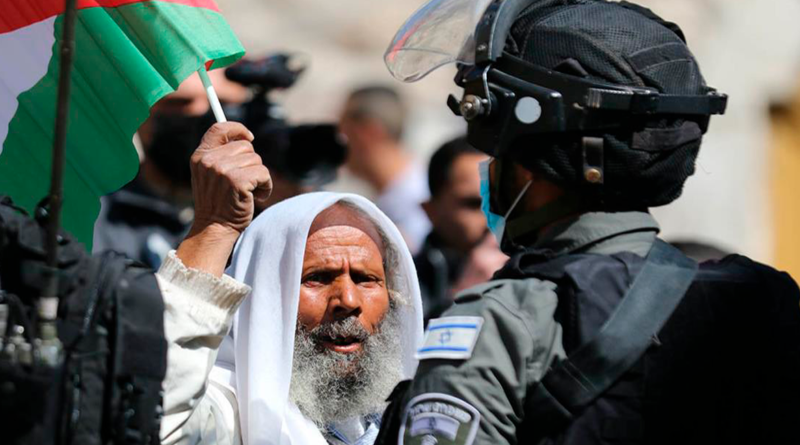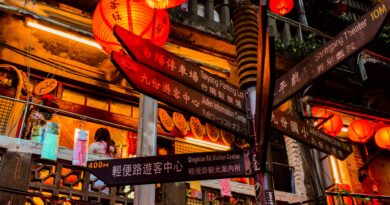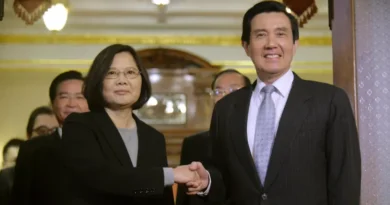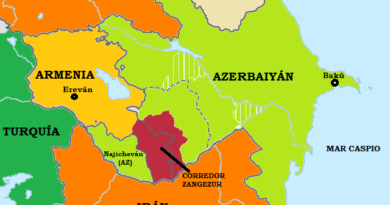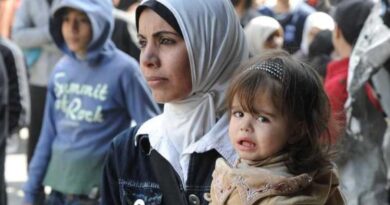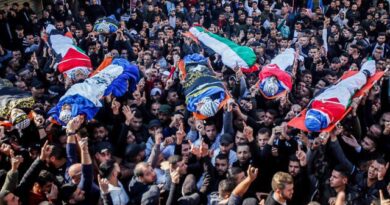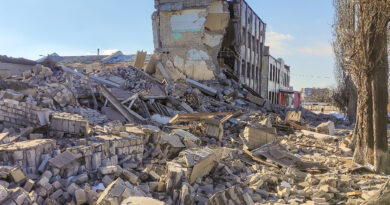On the new "escalation of violence" in Israel and Palestine
ANA GARRALDA
Those who have lived long periods of time in Jerusalem, a city as holy as it is devilish, tend to choke on the hackneyed concept of a "new spiral of violence" every time the murders of Palestinians or Israelis appear again in the summaries of the news on radio and television or in the pages of the international press.
And it chokes them because in those few seconds of viewing images, or in the minutes it takes to read or listen to a chronicle, it is impossible to glimpse even a glimpse of the reality that millions of people live every day, every month, every year. of people who would never star in the news if it were not for the fact that violence or death has been around them.
Cases such as that of Abdala Samih Ahmed Qalalwa, a 26-year-old young man who was killed on February 3 by an Israeli soldier when, after getting out of his car, unarmed, he headed towards a military checkpoint near the city of Nablus, in the northern occupied West Bank. According to the Army's version, Abdala ignored the shots fired into the air by the military, continued to approach and tried to attack them, which led another soldier to shoot him in the chest. Had he wanted to reduce him, the soldier's weapon would have pointed at his legs, as dictated by the rules of engagement defined by the Army itself. At least that's what the theory says; in practice, commanders and soldiers often ignore them.
Abdullah, like the thousands of young Palestinians killed by Israeli fire in the last half century (since more than 30 years began only in the West Bank) bled to death shortly after, without being able to corroborate the version offered by the Hebrew authorities, as to This often happens with such incidents in the Israeli-occupied West Bank.
Today it will be impossible to know the reasons that led the Palestinian to supposedly get out of the car that fateful day, but what is known is that he had just become a father, that he had a stable job as an employee of the Palestinian National Authority (PNA) and that He was from a town in southern Jenin, a city that has been the target of the largest Israeli military raids since the Second Intifada in recent weeks. "What we experienced in 2002 was child's play compared to what we have suffered here these days," a Palestinian trader recounted on international television.
On January 26, one of these incursions into the Jenin refugee camp resulted in the death of ten Palestinians (seven militiamen and three civilians, including a 60-year-old woman) in an operation that sought to end a Jihad terrorist cell. Islamic, according to a statement issued jointly by the Army press office, the Security Agency and the Israeli border police. Hours later, another Palestinian was killed in what Israeli security forces called a "violent riot" near Jerusalem.
The constant night raids, the arbitrary arrests, the high unemployment rate or the lack of prospects in an area punished by more than half a century of occupation, are the ideal breeding ground for the growing recruitment of young people by Palestinian organizations that Israel , the United States or the European Union consider terrorists (Islamic Jihad, Hamas or the Al Aqsa Martyrs Brigades, the armed wing of Al Fatá).
Abdala Samih Ahmed Qalalwa was not one of them, but he did suffer, like the almost three million Palestinians residing in East Jerusalem and the West Bank, the daily collective punishment applied by the Israeli state - in the form of military checks, revocation of permits of work or confiscation of land – on a population with no prospects for the future and which feels increasingly abandoned by the international community. “Many call all of us Palestinians 'terrorists', but what about the Ukrainians? When defending against the Russian invasion, are they too? What about those of us who only want to feed our families?” denounced local residents.
The day after the Jenin massacre, many other Israelis asked the same question when a 21-year-old Palestinian, with no apparent membership in any armed organization, shot and killed seven of his compatriots (including a 15-year-old boy), They were about to enter a synagogue in Jerusalem to celebrate Shabbat. A "solitary action", according to the Israeli police, which was quickly exploited by the Islamist movement Hamas, whose spokesman described the attack as a "heroic act of revenge for the Jenin massacre". However, he did not claim responsibility, nor did he claim responsibility for the attack carried out on the same day by a 13-year-old boy, who shot and wounded two Israeli settlers residing in the Siluan neighborhood, in eastern Jerusalem. The second attack by a "lone wolf" in less than forty-eight hours.
Once again, in the international media, there was talk of a "new rise in violence" or the "worst escalation" in years. But this is not about “cycles”. From the structural to the physical, violence is a constant, daily experience. For example, few Western news bulletins covered the fact that more than 30 Palestinians were killed by Israeli fire last month, and if they did, it was in light of the deaths of Israeli citizens. Similarly, they do not address in depth the brutal upsurge in personal and material attacks by settlers armed to the teeth against the properties of Palestinian families in the West Bank. And this happens every week.
Faces like Abdala's would not have appeared in the media if it had not been for the fact that, days before his death, another young man killed seven Jewish citizens. For many it is better to avoid such reflections as long as their leaders offer them a more comfortable, simpler vision of their reality: "the Palestinians hate us for no reason, they attack us and there is no choice but to punish them." This premise was present in the argument of the current Prime Minister of Israel, Benjamin Netanyahu, when, after the attacks, he announced stronger punitive measures; or when his Minister of National Security, the ultra-nationalist Itamar Ben-Gvir, said he would expedite the granting of firearms licenses for civilians. “I want more weapons on the streets so that the citizens of Israel can defend themselves,” he said.
In short, a real violence, but also fueled by the different interests that underlie a totally asymmetrical “conflict”. With massive resources and perpetual impunity, one side can physically and psychologically isolate itself from the inhumane ways it dominates the other. Meanwhile, the second justifies his actions by the oppression he suffers at the hands of the first.
It might be thought that, in the eyes of the international community, Palestinians are forced to live under the assumption that they are considered expendable and nameless entities on whom violence can be inflicted without blinking an eye. It is revealing that their appearance on the news, a chronicle or a journalistic text usually depends on the greater or lesser damage they cause to the other party. And it is that from the news coverage, to the condolences of diplomats or the condemnation of international organizations every time an attack occurs, the lives of Israelis always come first. Also in the headlines.

